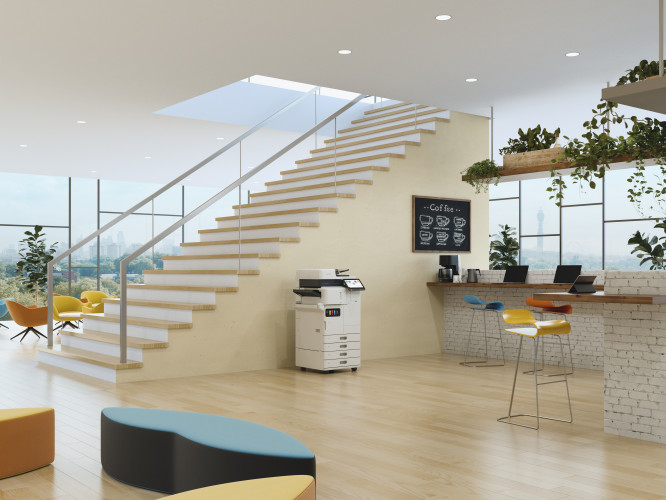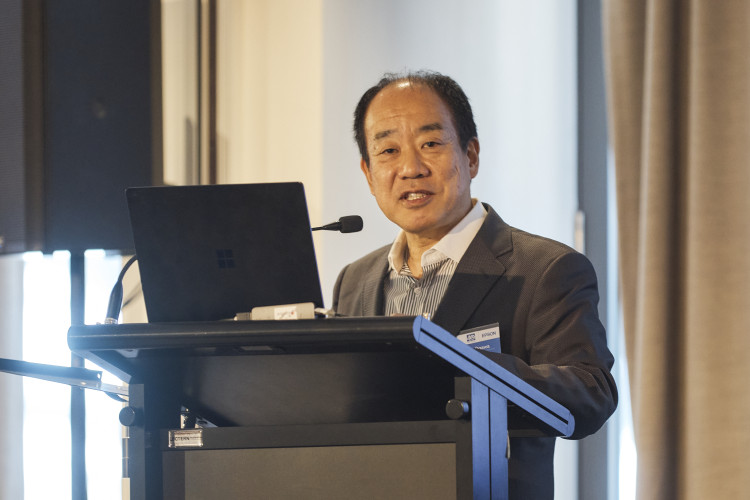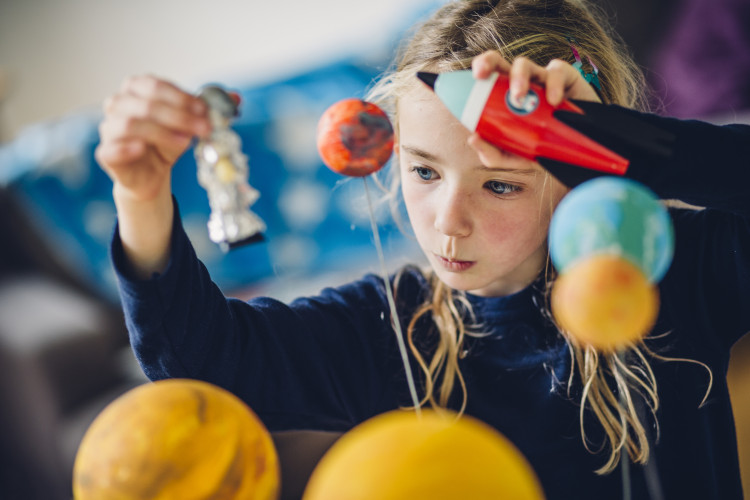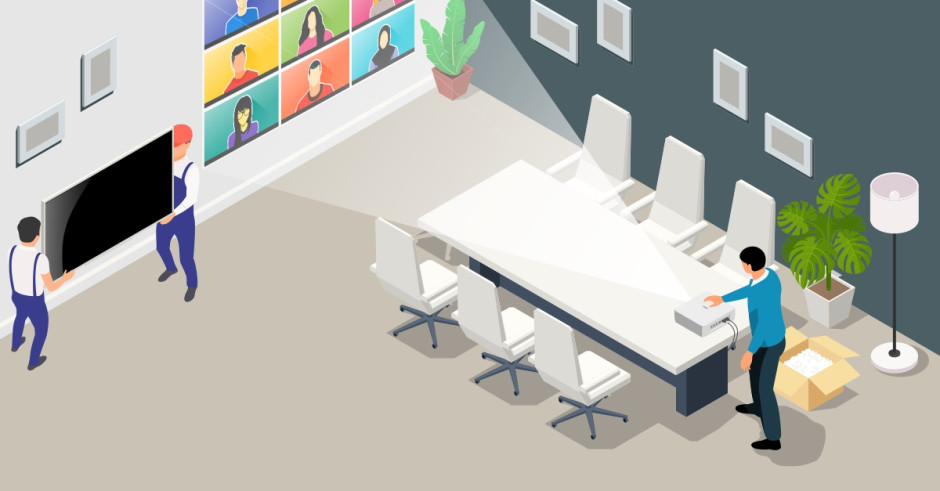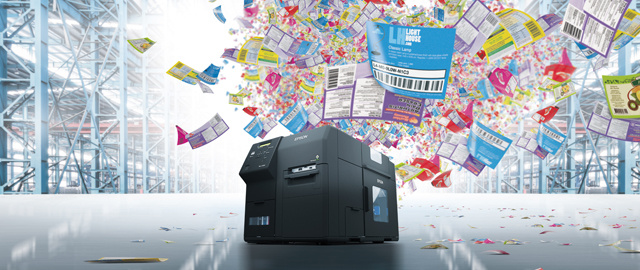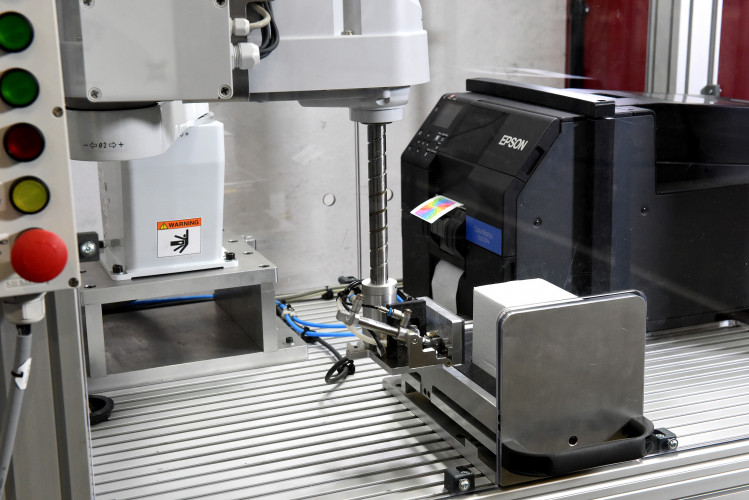REPORT: ‘Cheap seats’ in UK classrooms
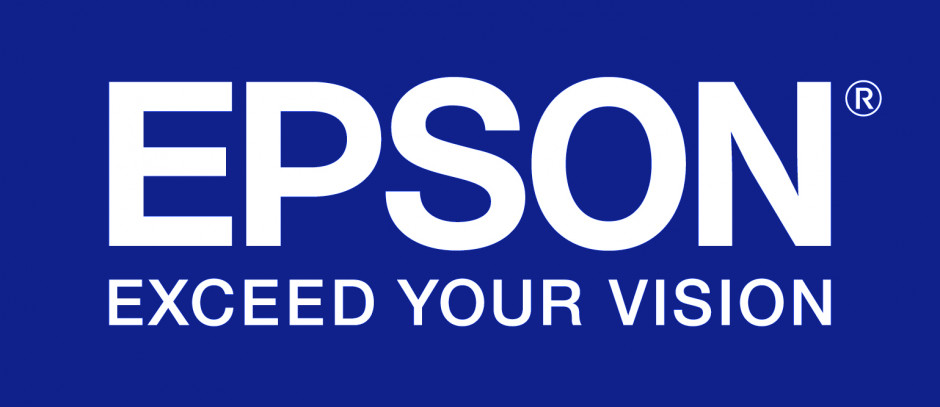
Foreword
This research, conducted by Epson, has flagged something that I have rarely contemplated – the fact that some students may be sitting in ‘cheap seats’. Not only does a pupil’s experience of teaching have implications for their learning, but the positioning of the screen, its size and how and where a teacher sits students also matters. So, if ‘Ross’ is always sat in a ‘cheap seat’, i.e. a seat with poor visibility, as a teacher, am I inadvertently hindering Ross’ opportunities in class and his outcomes? The likely answer, according to the new research, is ‘yes’.
Context matters. Every teacher works in a different setting, teaches their subject in a different style and delivers content to pupils who are working at different ages and ability. No silver bullet will demystify the complex world of the classroom, nor offer one strategy to improve outcomes, but there are things we all can consider and do better. Every child is entitled to an equal education, but this doesn’t come from simply supporting pupils and treating them equally; true inclusion comes when all pupils have the support they need, because barriers have been removed or addressed, and this cannot happen overnight.
What if teachers could genuinely meet the needs of all their pupils? Research by Mihaly Csikszentmihalyi suggests that when pupils are given a choice between activities, which are linked to a clear objective and success criteria, and are given immediate feedback, they can move from apathy to ‘flow’. In flow state, students are completely absorbed in an activity, especially one that involves creative abilities. What this means for the teacher is that pupils become more immersed in their learning, and the opportunity for knowledge to be stored in their long-term memory increases. How teachers use technology to do this, in order to support pupils’ learning rather than hinder it, is relatively new territory.
This research by Epson shows that 40 per cent of teachers perceived a correlation between children being unable to clearly view a screen or display, and lower exam and test scores. How this correlates with the quality of teaching, learning and pupil outcomes will be an interesting next step. Seating plans, the size of a screen and its resolution clearly matter, and in a landscape where technology is now dominating work and life, it needs to be taken seriously.
One solution is for all classrooms to understand how to use technology better. There are still many factors to consider – access to devices, Wi-Fi speed, physical obstructions, size and ongoing costs to name a few – but how this is achieved in a climate of constant pressure to save money is a challenge. A recent report published by the Institute for Fiscal Studies shows that the amount of per pupil spending in England's schools has fallen by 8% since 2010 – but offering good display screens in classrooms shouldn’t be seen as a luxury.
How schools fund and access technology, sustaining device maintenance and renewal licenses, will always be a difficulty, but this report suggests that in the case of having one large screen at the front of a classroom, schools must evaluate size, positioning and readability. How teachers and schools do this is a decision that needs serious consideration.
Ross McGill
Founder and CEO of @TeacherToolkit
Introduction
A good education is vital for every child’s future – and every pupil is entitled to the same learning experience. Much has changed in classrooms in recent years, affecting how lessons are taught and how teachers keep students engaged – amid children becoming tech native from an early age, and external budget cuts continuing to put pressure on schools and academies.
Last year, the UK government threw down a gauntlet to tech companies, challenging them to lead an education revolution for schools, colleges and universities. However, there’s also much that schools can and should do, to help ensure that children receive the best education possible in the classroom.
The use of audio-visual (AV) technologies in lessons is one example – as teachers use display screens as a core element of an engaged learning experience on a daily basis. Various authorities, including the World Health Organization, have found educational materials are remembered much better when delivered visually and interactively, rather than by one-way verbal lecture. However, a lot of teachers are still using flat-panel displays, including whiteboards, blackboards and TVs, in the classroom – which is problematic given previous Epson research, which shows that 58% of students cannot read all content on a 70-inch flat panel. This means that in a classroom with flat-panel displays over half of students are unable to benefit from a lesson to the same extent as their peers.
In audio visual (AV) installations, there is a common standard used for determining screen size – the 4/6/8 rule – which is used widely in lecture halls and large venues. This rule establishes that ideal viewing distance, in correlation with room size, should be four, six or eight times the height of the screen for analytical viewing, basic viewing and passive viewing. However, it appears that many schools neglect to follow it (or are unaware of it), leaving students unable to see displays clearly and completely.
To explore this, Epson commissioned an independent research company to survey UK-based teachers, gathering their experiences and views on the effect of visual displays on learning, their awareness of the 4/6/8 rule used by AV professionals to determine optimal display size, and the equipment currently used in classrooms. Three hundred online interviews were conducted with a sample of 150 primary and 150 secondary school teachers (300 in total) with quotas applied to gender, respondent age, region and school type (i.e. fee-paying, state or academy). We now present the key findings of this study and examine its implications for education in the age of technology.
Key findings
The study confirmed that UK schools are frequently using outdated AV technology and, as a result, compromising the learning and teaching processes. Of the teachers surveyed, 79% of teachers are still using flat-panel displays, including whiteboards, blackboards and TVs, in the classroom: just 18% use projector displays all the time. Despite research showing that interaction with learning process enhances recall, just 7% of teachers in this study use interactive/collaborative technology in all of their lessons. Just over half (52%) use it sometimes, leaving 48% that never do.
More than two-fifths (42%) of teachers surveyed were ignorant of the 4/6/8 rule that AV professionals routinely apply to determine display size, whilst two-thirds (66%) claimed that not being able to see a screen fully could hamper a pupil’s learning experience.
Old technology holds back pupils — and teachers
- Forty per cent of teachers have perceived a correlation between children being unable to clearly view a screen or display, and lower exam/test scores
- 13% of teachers lose an astonishing five to six hours (almost the equivalent of an entire school day) to inadequate classroom technology each week – time that should be spent teaching.
These statistics become even more striking when teachers’ views of the link between poor screen views and learning outcomes are considered. A striking 76% felt that having a poor view of the screen was linked to pupils’ disengagement, and 74% thought those pupils were more likely to misbehave in the classroom. Over two-thirds (68%) agreed that it would put students at a disadvantage, whilst 68% thought that it could limit some pupils’ lesson participation. Nearly half (45%) thought children who had a restricted view of the display were more likely to disengage or be distracted from a lesson, and 64% noticed a pattern between poor screen view and lower lesson scores. Forty per cent perceived a correlation between children being unable to clearly view a screen or display, and lower exam and test scores.
When asked whether they lost time (that could otherwise be dedicated to education) in the classroom by grappling with outdated and old tech, 47% of teachers said they lose three hours a week due to inadequate classroom technology, whilst 13% lose an astonishing five to six hours (almost the equivalent of an entire school day).
The frustration of poor visibility is bi-directional, with 58% of teachers saying that children being unable to read the screen hampers their own ability to teach, to the point that two-thirds (66%) have to plan their teaching carefully around the capabilities (or otherwise) of the display equipment/screen. Unsurprisingly, more than three-quarters (76%) believe that better display technology would allow them to engage pupils more effectively — and this is absolutely crucial, given that engagement is linked to better learning outcomes.
Better technology, greater potential
- 60% of teachers said they could be more creative with their lessons if they could use a projector
- More than half (56%) reported better responses from pupils to projected content.
Nearly eight-in-ten (78% of) teachers surveyed said that having more interactive and collaborative technology would help to engage pupils; it is notable that of those teachers not currently using these techniques, 26% don’t have the right equipment and 60% cite a lack of budget for new kit. Despite the widespread use of flat-panel display screens, their shortcomings are already apparent, with 51% of teachers stating that students engage better with a projector display versus a flat screen display. Furthermore, nearly half (49%) of teachers agree that pupils are better able to see the display when it is projected rather than displayed on a flat screen.
From these findings, it’s clear that better AV offers huge benefits to teachers as well as pupils. In this study, 60% of teachers said they could be more creative with their lessons if they could use a projector, and 52% actively favoured projectors. More than half (56%) reported better responses from pupils to projected content.
A gloomy picture — but the future is bright
This study offers fascinating insights into the UK’s education system, which is currently weighed down and hindered by old-fashioned AV technology that is ineffectively used or incapable of complying with the 4/6/8 rule. Students are suffering: deprived of meaningful learning experiences, many are disengaged and/or failing to achieve their full potential.
This situation is unnecessary. The UK government has actively called upon tech companies and schools to combine their resources to deliver an education ‘revolution’. Tech companies are responding accordingly — but schools still have a lot to do. Many strapped for cash, but they do have resources for equipment, and this problem could be solved by resource allocation. New tech may seem like an unnecessary expense, but with outdated screen displays leading to lower pupil performance and wasted classroom time, AV investment is now no longer an option, but an educational imperative. It could be the answer to raising exam and test scores and helping pupils perform better.
This could easily be overcome by the use of projectors – which offer a large adjustable display size, so that an output can be seen by all, no matter the size of the classroom or the number of students. In addition, projector technology also promotes interaction and engagement by allowing pupils and staff to collaborate using laptops, tablets and/or smartphones. Today’s students can be quick to disengage from paper-based teaching methods, since they have been using tech from birth and live and breathe the digital, the immersive and the interactive. Interactive projection tech could be the key to grabbing their interest and increasing participation and engagement.
It is time to include all pupils, some of whom are currently sidelined in the classroom by poor visibility, fully in the learning experience. It is time to engage the disengaged and fascinate the distracted. It is time to stop wasting valuable time on battling old technology and instead use that time to broaden horizons, extend interests and pave the way for a lifetime of active learning. It is time to bring schools up to date; to help students study better and teachers teach better.
Epson has already created a call to action around why the education industry needs to take screen size seriously, and has a dedicated site on how its technology supports dynamic learning environments.


